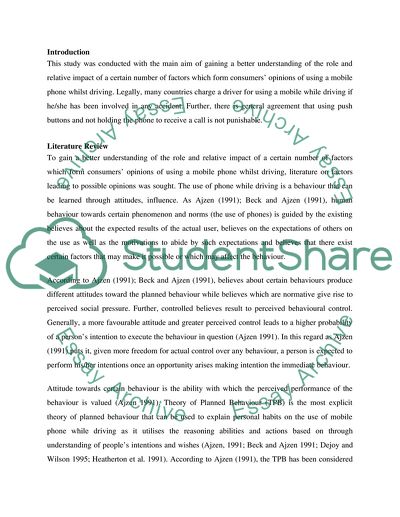Cite this document
(What Does the Theory of Planned Behaviour Tell about Using a Cell Phon Lab Report, n.d.)
What Does the Theory of Planned Behaviour Tell about Using a Cell Phon Lab Report. Retrieved from https://studentshare.org/psychology/1738984-data-analysis-report-with-spss-software
What Does the Theory of Planned Behaviour Tell about Using a Cell Phon Lab Report. Retrieved from https://studentshare.org/psychology/1738984-data-analysis-report-with-spss-software
(What Does the Theory of Planned Behaviour Tell about Using a Cell Phon Lab Report)
What Does the Theory of Planned Behaviour Tell about Using a Cell Phon Lab Report. https://studentshare.org/psychology/1738984-data-analysis-report-with-spss-software.
What Does the Theory of Planned Behaviour Tell about Using a Cell Phon Lab Report. https://studentshare.org/psychology/1738984-data-analysis-report-with-spss-software.
“What Does the Theory of Planned Behaviour Tell about Using a Cell Phon Lab Report”, n.d. https://studentshare.org/psychology/1738984-data-analysis-report-with-spss-software.


